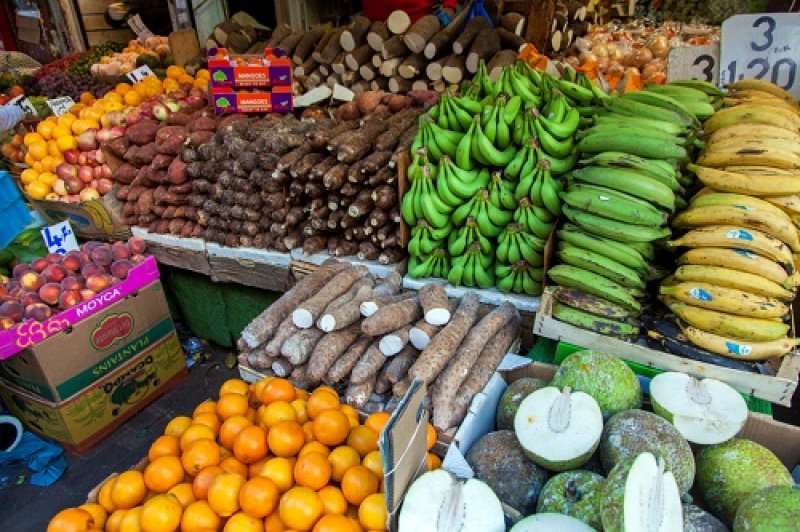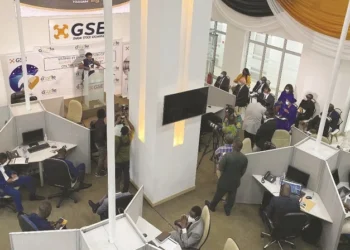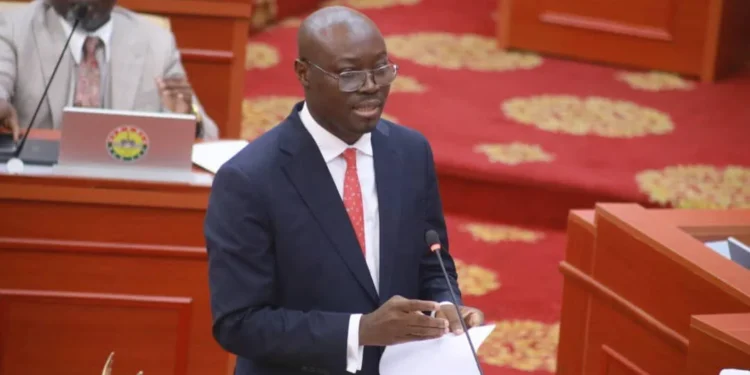Esoko Ghana, commodity analyst and data collection institution, has projected that food prices across the country will be “fairly stable” in the first quarter of 2022.
According to the data collection institution, it based its assessment on data obtained from some major markets across the country. It further noted that the volumes of food items on the markets would be maintained throughout the first quarter of the year.
However, Mr Francis Danso Adjei, the Content Manager of Esoko Ghana, while explaining the research carried out by his outfit, suggested that food prices may see an upward adjustment if transport fares go up.
“We are expecting that prices will be fairly stable, but we will have occasional shocks either upwards or commodity prices dropping, but we expect it to be fairly stable over the first quarter of the year.
“We are expecting that volumes on the various markets would be maintained. We are not anticipating any drastic change in volumes”.
Mr Francis Danso Adjei
Mr Adjei disclosed that periodic data compiled by Esoko Ghana, suggested that food prices were high last year, 2021.
The Content Manager attributed last year’s price hike to the COVID-19 pandemic.
“The pandemic disrupted the input value chain, labour and access to market, and finances, led to hikes in food prices in certain times of the year 2021.”
Mr Francis Danso Adjei
Mr. Adjei Added that the shocks experienced last year, emerged from the poultry sector due to shortages in raw materials such as, poultry feed in the country. Nevertheless, he stated that his institution is not expecting any such shocks in the poultry industry in the first quarter of 2022.
“We are not expecting to have any shocks coming from the poultry sector in the first quarter of the year”.
Mr Francis Danso Adjei
Control Post-harvest Losses
Mr Adjei urged the government of Ghana to put measures in place to control the perennial post-harvest losses to help stabilize food prices throughout the year.
“We need to begin to look at how we handle our post-harvests. If we produce 100 metric tons and we lose one-third of it before it gets to the market, it means that we are losing a lot. So, let’s look at how we handle our commodities after harvesting.”
Mr Francis Danso Adjei
It can be recalled that some stakeholders in the agriculture production value chain last year, expressed worry over what they described as scarcity of some essential farm inputs such as: machines and fertilizers, which they alleged, affected their productivity.
The National Seed Trading Association of Ghana also warned that the country could face food crisis this year, if the challenges they faced last year due to scarcity of agricultural materials are not resolved.
In August last year, the government released GH¢260.4 million to settle the Ministry of Food and Agriculture’s (MoFA) indebtedness to 71 fertilizer companies to bolster its flagship Planting for Food and Jobs (PFJ) programme.
The released funds formed part of MoFA’s efforts to address the shortage of subsidized fertilizer that smallholder farmers face in the country.
READ ALSO: Ghana’s Debt Moves Deeper Into Distress, Bloomberg Index Shows























